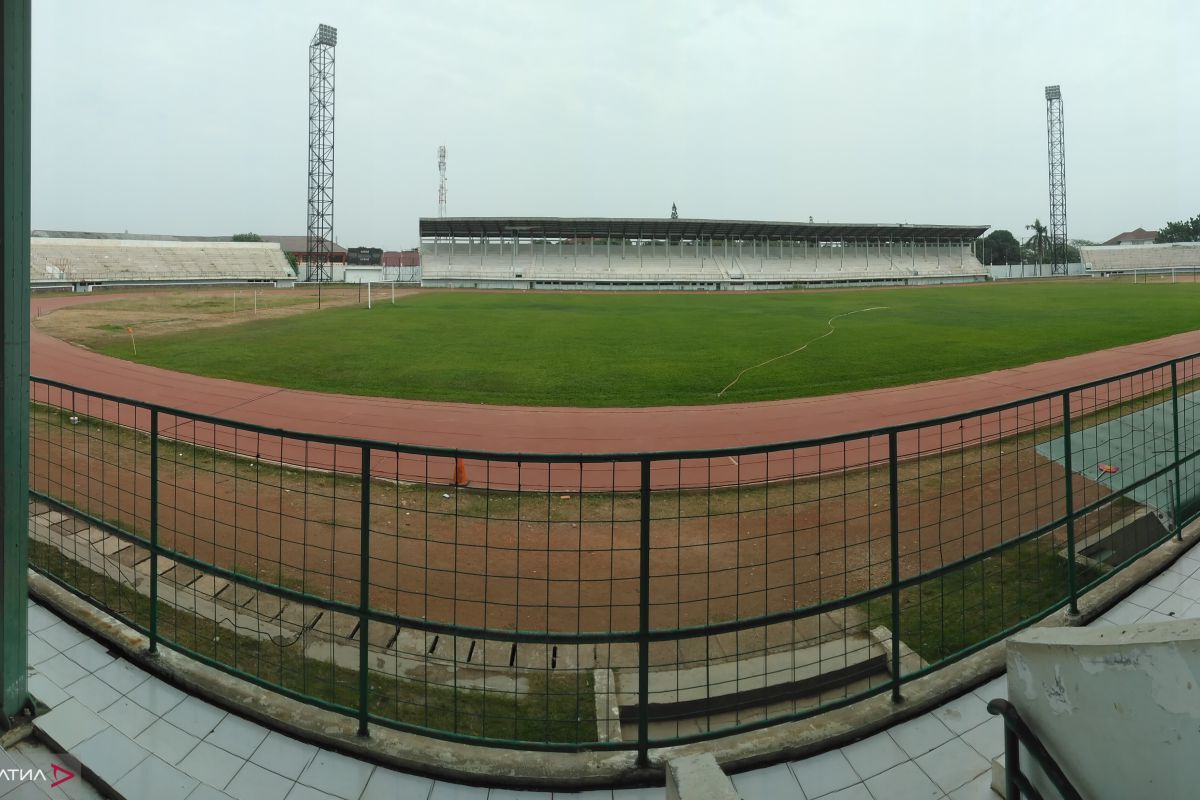
What is Jervell and Lange-Nielsen Syndrome? It's a rare genetic disorder that combines profound hearing loss with a dangerous heart condition. Affecting about 1.6 to 6 people per million globally, this syndrome is more common in Denmark, Sweden, and Norway. Caused by mutations in the KCNQ1 and KCNE1 genes, it follows an autosomal recessive inheritance pattern. This means both parents must carry the mutated gene for a child to be affected. Symptoms include severe hearing loss from birth and a prolonged QT interval on an ECG, which can lead to life-threatening arrhythmias. Early diagnosis and treatment are crucial for managing this condition.
What is Jervell and Lange-Nielsen Syndrome?
Jervell and Lange-Nielsen Syndrome (JLNS) is a rare genetic disorder that can have serious health implications. Understanding its characteristics and how it affects individuals is crucial for managing the condition effectively.
-
Definition and Prevalence: JLNS is a rare autosomal recessive disorder affecting approximately 1.6 to 6 people per 1 million worldwide. It has a higher prevalence in Denmark, Sweden, and Norway, where it affects at least 1 in 200,000 people.
-
Genetic Causes: The condition is caused by mutations in the KCNQ1 and KCNE1 genes. These genes encode proteins essential for the proper functioning of potassium channels in the heart and inner ear.
-
Inheritance Pattern: JLNS is inherited in an autosomal recessive pattern. Both copies of the gene in each cell must have mutations for the condition to manifest. Typically, parents of a child with JLNS are carriers of one mutated gene and are usually asymptomatic.
Symptoms and Risks
The symptoms of JLNS can be severe and life-threatening, particularly affecting the heart and hearing. Recognizing these symptoms early can be lifesaving.
-
Symptoms: The primary symptoms include congenital profound bilateral sensorineural hearing loss and a prolonged QTc interval on the ECG. The prolonged QT interval can lead to arrhythmias such as Torsades de pointes, which significantly increases the risk of sudden cardiac death.
-
Cardiac Risks: Individuals with JLNS are at a high risk of experiencing life-threatening arrhythmias. The irregular heartbeats can lead to fainting (syncope) and sudden death, particularly during physical activity, excitement, or stress.
-
Physical Findings: The condition is characterized by congenital profound bilateral sensorineural hearing loss and a long QTc interval greater than 500 milliseconds on the ECG.
-
Age of Detection: JLNS is usually detected in early childhood. Fifty percent of individuals with JLNS experience cardiac events before the age of three years.
-
Sudden Cardiac Death Risk: Sudden cardiac death appears to be low in individuals younger than five years. However, the risk increases significantly with age, and more than half of untreated children with JLNS die prior to age 15 years.
Diagnosis and Testing
Diagnosing JLNS involves a combination of tests and evaluations to confirm the presence of the disorder. Early diagnosis can lead to better management and treatment outcomes.
- Diagnostic Testing: Diagnosis is established through a combination of audiologic evaluation for hearing loss, cardiac examination including ECG to measure the QTc interval, and genetic testing for mutations in the KCNQ1 or KCNE1 genes.
Treatment and Management
Managing JLNS requires a comprehensive approach involving various healthcare professionals. Treatment focuses on addressing both the hearing loss and the cardiac risks.
-
Treatment Approaches: An interdisciplinary team of healthcare providers, including otologists, cardiologists, audiologists, and speech language pathologists, typically treat individuals with JLNS. Treatment may include cochlear implants for hearing loss, beta adrenergic blockers for the long QT interval, and implantable cardioverter-defibrillator (ICD) placement for high-risk individuals.
-
Cochlear Implants: Cochlear implants are often prescribed to treat the profound hearing loss associated with JLNS. These implants can significantly improve the quality of life for individuals with severe to profound sensorineural hearing loss.
-
Beta Adrenergic Blockers: Beta adrenergic blockers, such as propranolol, are commonly used to manage the long QT interval. These medications help stabilize the heart rhythm and reduce the risk of arrhythmias.
-
ICD Placement: For high-risk individuals, particularly those with a history of cardiac arrest or failure, ICD placement is recommended. An ICD can automatically detect abnormal heart rhythms and deliver an electrical shock to restore a normal heartbeat.
-
Interdisciplinary Care: The management of JLNS requires an interdisciplinary approach. This involves coordination and communication among various healthcare providers to ensure comprehensive care for both the cardiac and auditory aspects of the condition.
Research and Family Support
Ongoing research and family support are crucial for improving the lives of those affected by JLNS. Understanding the genetic basis and providing support can make a significant difference.
-
Genotype-Phenotype Analysis: Genotype-phenotype analysis has been conducted on several families with JLNS. This analysis helps in understanding the molecular basis of the condition and its clinical outcomes.
-
Risk Stratification: Risk stratification is crucial in managing JLNS. Factors such as the duration of the QT interval, the presence of syncope, and family history can help in identifying high-risk individuals who require more aggressive management.
-
Long-Term Management: Long-term management of JLNS involves regular monitoring of the QT interval, auditory function, and cardiac health. This includes periodic ECGs, audiometric tests, and clinical evaluations.
-
Family Screening: Given the autosomal recessive inheritance pattern, family screening is essential. This helps in identifying carriers and high-risk individuals who may benefit from early intervention and preventive measures.
-
Genetic Counseling: Genetic counseling is an important aspect of managing JLNS. It helps in understanding the genetic basis of the condition, the risks involved, and the options available for family planning and prenatal testing.
-
Clinical Trials: There have been several clinical trials focused on JLNS. These studies aim to improve our understanding of the condition and develop more effective treatment strategies.
-
Patient Support and Advocacy: Patient support and advocacy groups play a crucial role in helping individuals with JLNS and their families navigate the complexities of the condition. These organizations provide emotional support, educational resources, and advocacy for better healthcare services.
-
Rare Disease Registry: JLNS is included in rare disease registries, which help in tracking the prevalence and outcomes of the condition. These registries also facilitate research and improve our understanding of rare genetic disorders.
-
Educational Resources: Educational resources are essential for individuals with JLNS and their families. These resources include information on the condition, its management, and available treatment options. They also provide guidance on how to navigate the healthcare system and access necessary services.
-
Research and Development: Ongoing research aims to better understand the molecular mechanisms underlying JLNS. This includes studies on the KCNQ1 and KCNE1 genes and their role in potassium channel function. Such research may lead to the development of more targeted therapies and improved management strategies.
-
Public Awareness: Public awareness campaigns are necessary to educate the general public about JLNS. This includes raising awareness about the symptoms, risks, and management options available for the condition. Increased awareness can help in early detection and prompt intervention, potentially reducing the risk of complications.
Understanding Jervell and Lange-Nielsen Syndrome
Jervell and Lange-Nielsen Syndrome (JLNS) is a rare but serious genetic disorder. It combines profound bilateral sensorineural hearing loss with a prolonged QT interval on an ECG. This condition, caused by mutations in the KCNQ1 and KCNE1 genes, significantly increases the risk of life-threatening arrhythmias and sudden cardiac death, especially in children. Early detection through audiologic and cardiac evaluations, along with genetic testing, is crucial. Treatments include cochlear implants for hearing loss, beta adrenergic blockers for heart rhythm management, and ICD placement for high-risk individuals. An interdisciplinary approach ensures comprehensive care. Family screening and genetic counseling are essential for managing risks. Public awareness and ongoing research are vital for improving outcomes. Understanding JLNS helps in providing optimal care and potentially saving lives.
Was this page helpful?
Our commitment to delivering trustworthy and engaging content is at the heart of what we do. Each fact on our site is contributed by real users like you, bringing a wealth of diverse insights and information. To ensure the highest standards of accuracy and reliability, our dedicated editors meticulously review each submission. This process guarantees that the facts we share are not only fascinating but also credible. Trust in our commitment to quality and authenticity as you explore and learn with us.


